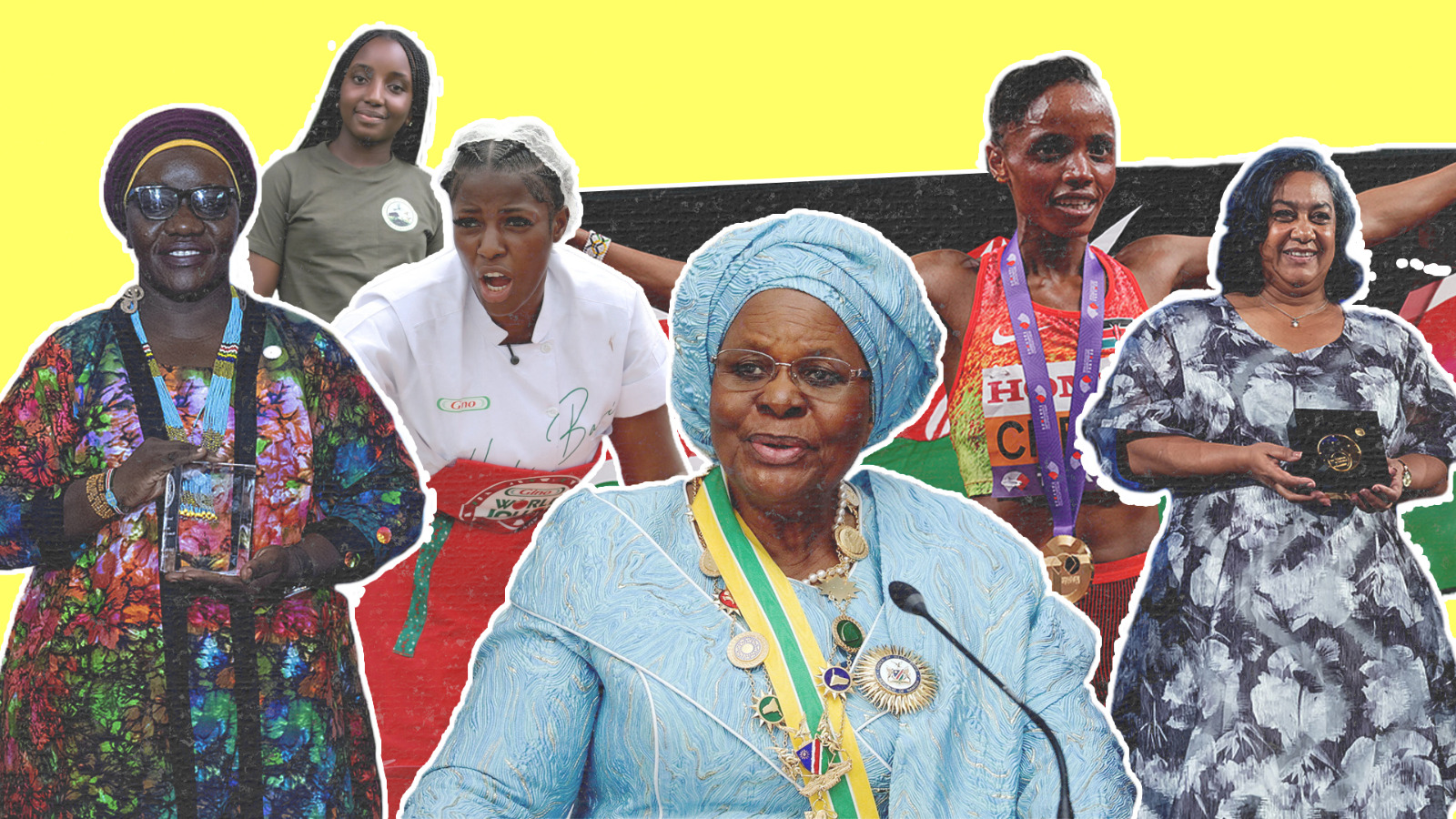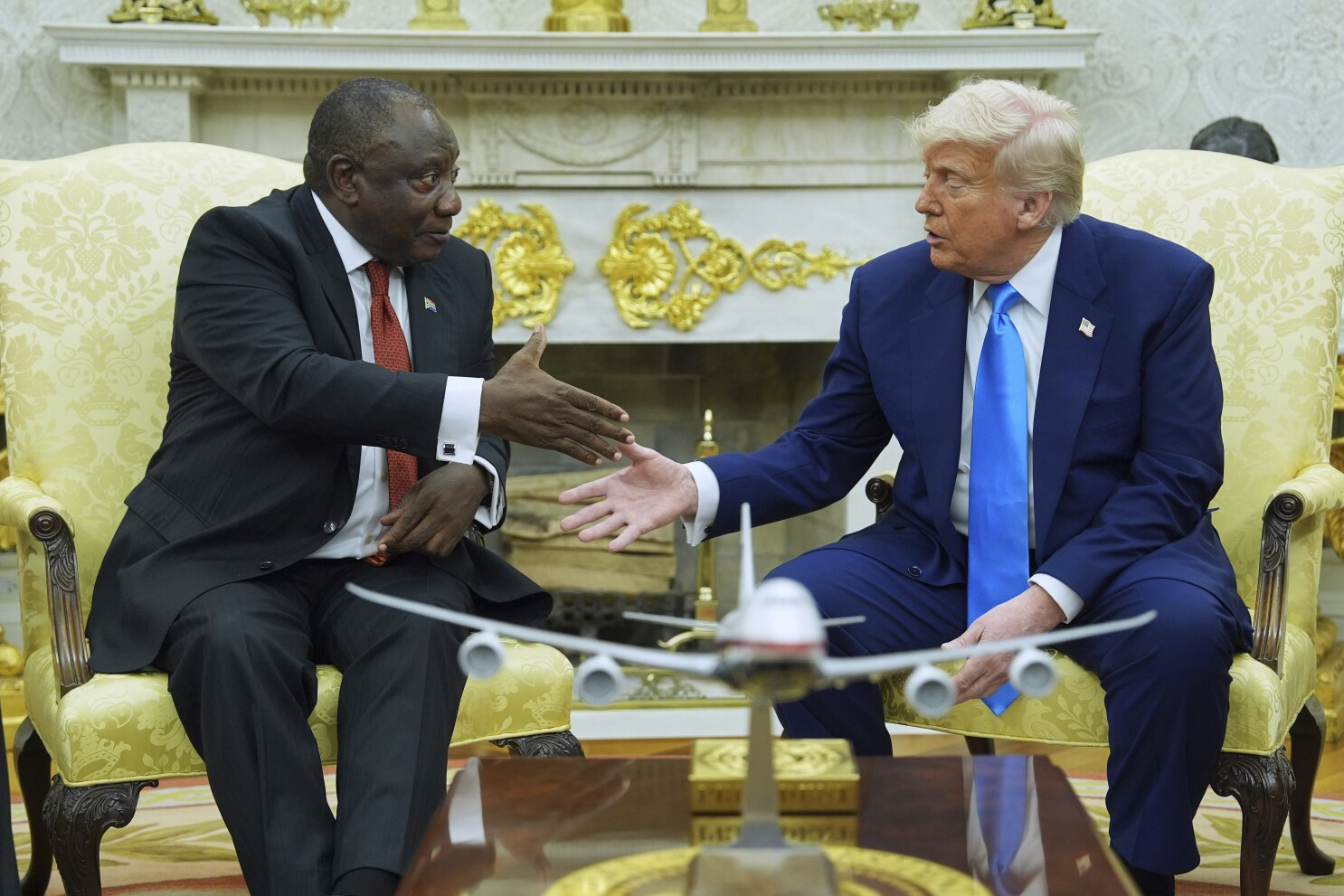Emerging Equatorial Guinea
Equatorial Guinea is located in the Central Africa region, on the continent’s Atlantic Coast, and is made up of two-land masses: an island named Bioko, which is off the Cameroonian Coast and the mainland portion, named Rio Muni, which is between Cameroon and Gabon.[put_wpgm id=1]
The country is one of the least reported places in the world. The government however says it is trying to rectify this situation. Following the recently held Emerging Equatorial Guinea economic diversification symposium CCTV Africa was granted unprecedented exclusive access to the country and its economy.
Statistics on the country’s population, suggest that about million people, reside in there. Since the discovery, of oil, at the Zafiro Oil Field in 1995, crude-oil production, which stands at about 260,000 barrels per day, and export, has defined the economy moving it from being one of Africa’s poorest nations to having the highest per Capita GDP in Africa.
The attention has however shifted from oil to natural gas and gas condensate. So what efforts are supplementing environmental conservation, around the country’s oil industry?
After years of burning off-gas, from its oil-fields, as waste into the atmosphere, Equatorial Guinea is now processing and packing this gas and selling it as “liquefied petroleum-gas”. One benefit of this move has been the creation of a local thermal-power generation plant. Besides the plant generating electricity, it also allows the oil industry to reduce its environmental impact.
Besides the oil fields, the country is struggling to revive its agricultural sector and like many African countries, agriculture is mostly practiced at the basic survival level. Before its independence in 1968, the main cash crops were cocoa, coffee, and palm kernels. Today, that is all but gone. Commercial farming shrunk as an industry, after the discovery of oil over two decades ago.
HOUSING:
Many African countries are faced with major housing crises in their cities as rural urban migration, poor planning and the cost of housing forces multitudes to cram into slums and other informal settlements. Equatorial Guinea is no exception. The country is working on the second phase of a World Bank guided development plan that emphases social service delivery like the provision of low cost housing. In the Pen ultimate part of our special focus on Equatorial Guinea.
INSFRASTRUCTURE:
High cash inflows from oil have funded deep structural changes in Equatorial Guinea over the past 20 years, especially in construction and basic infrastructure. However, human development and job creation are still short of the country’s financial and economic potential. In the final edition of the emerging Equatorial Guinea series
PHOTOS:
[flagallery gid=3]






